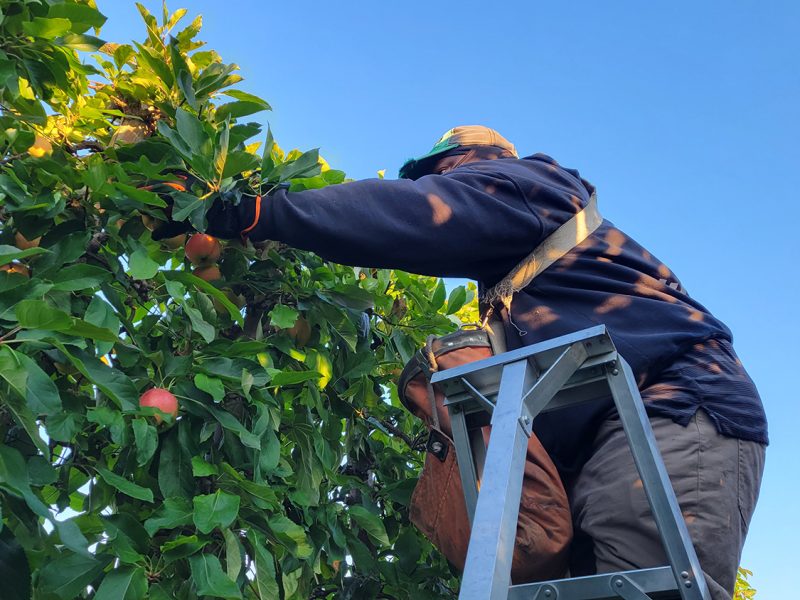New figures from the Canadian Agricultural Human Resource Council indicate a growing farm labour gap in BC.
By 2030, the province’s farm sector will face a shortfall of 17,716 domestic workers, up from 16,075 this year.
Of 12,655 farms surveyed by CAHRC, 42% indicate challenges finding needed workers and 29% report zero domestic workers applying to work with them. This has prompted 31% of BC farms turning to temporary foreign workers.
Prepared for CAHRC by the Conference Board of Canada, the analysis based on 2022 data indicates that horticulture faces the biggest labour gap of any farm sector due to the seasonal nature of the work.
Horticulture employs about 80% of the 11,800 foreign workers employed in BC in 2022, split almost evenly between the greenhouse and nursery sectors and tree fruit and vine.
Even so, the reports note that 4,800 positions went unfilled in 2022, representing a vacancy rate of 12% – the highest of any province in Canada. Nationally, the average was 7.4%.
“As a result of job vacancies, 54% of employers said they delayed or cancelled expansion plans, 62% reported lost sales, and 87% reported that these vacancies caused excessive stress for owners and staff,” the report states.
Nationally, lost sales totalled $3.5 billion.
Recruitment and retention remain key issues for the sector.
Voluntary turnover by domestic farm workers in BC was among the highest in the country at 13%, driven by the physical nature of the work, low wages versus other opportunities and limited opportunities for advancement.
The nature of the work and pay offered also among the most common barriers BC employers face in hiring domestic workers, coupled with the lack of long-term employment due to the seasonal nature of many roles.


 Forecasting will improve with AI technology
Forecasting will improve with AI technology